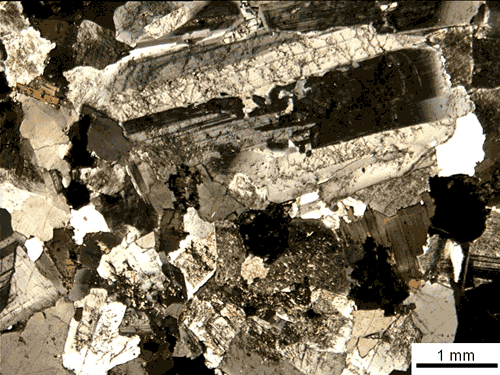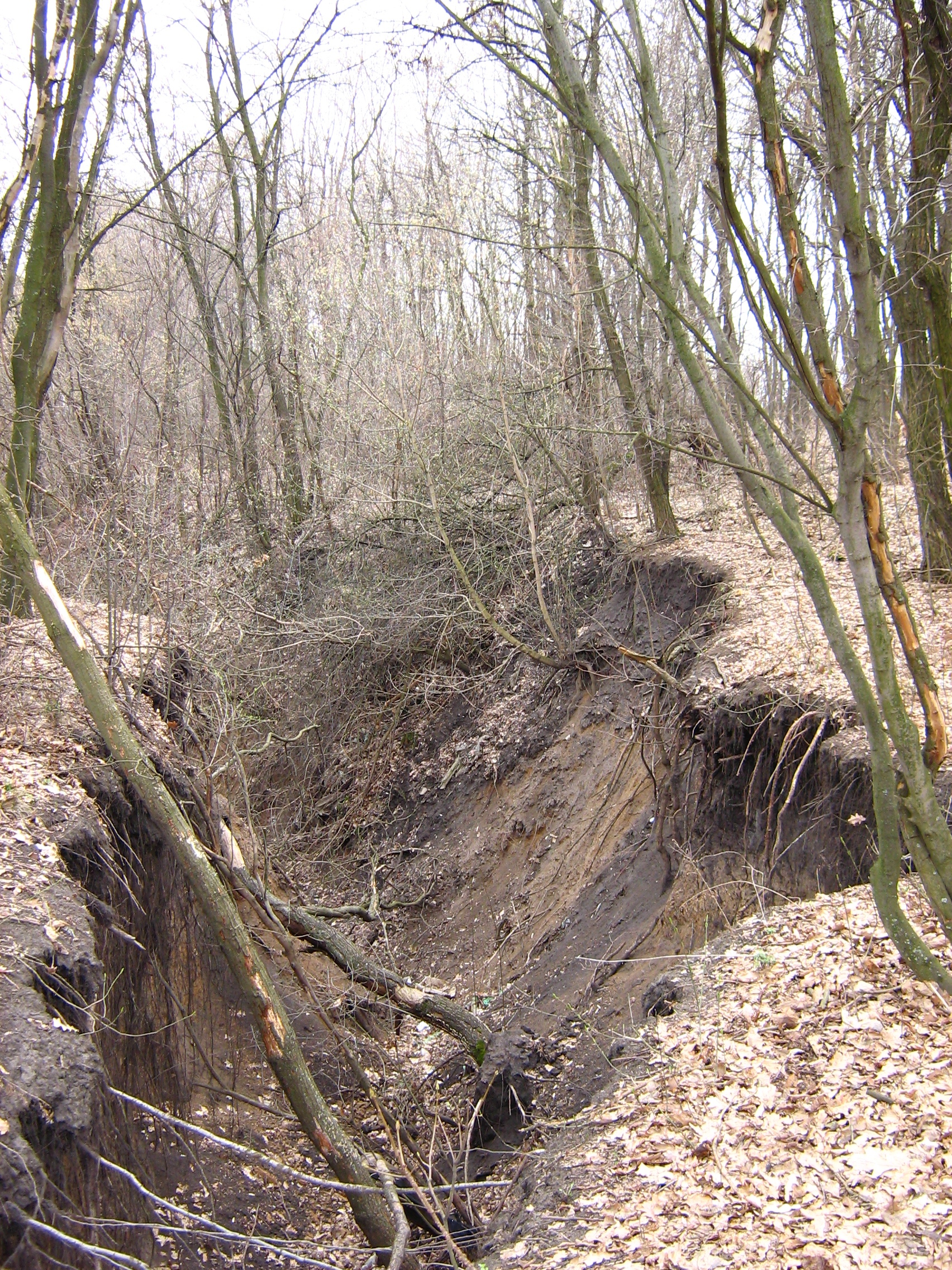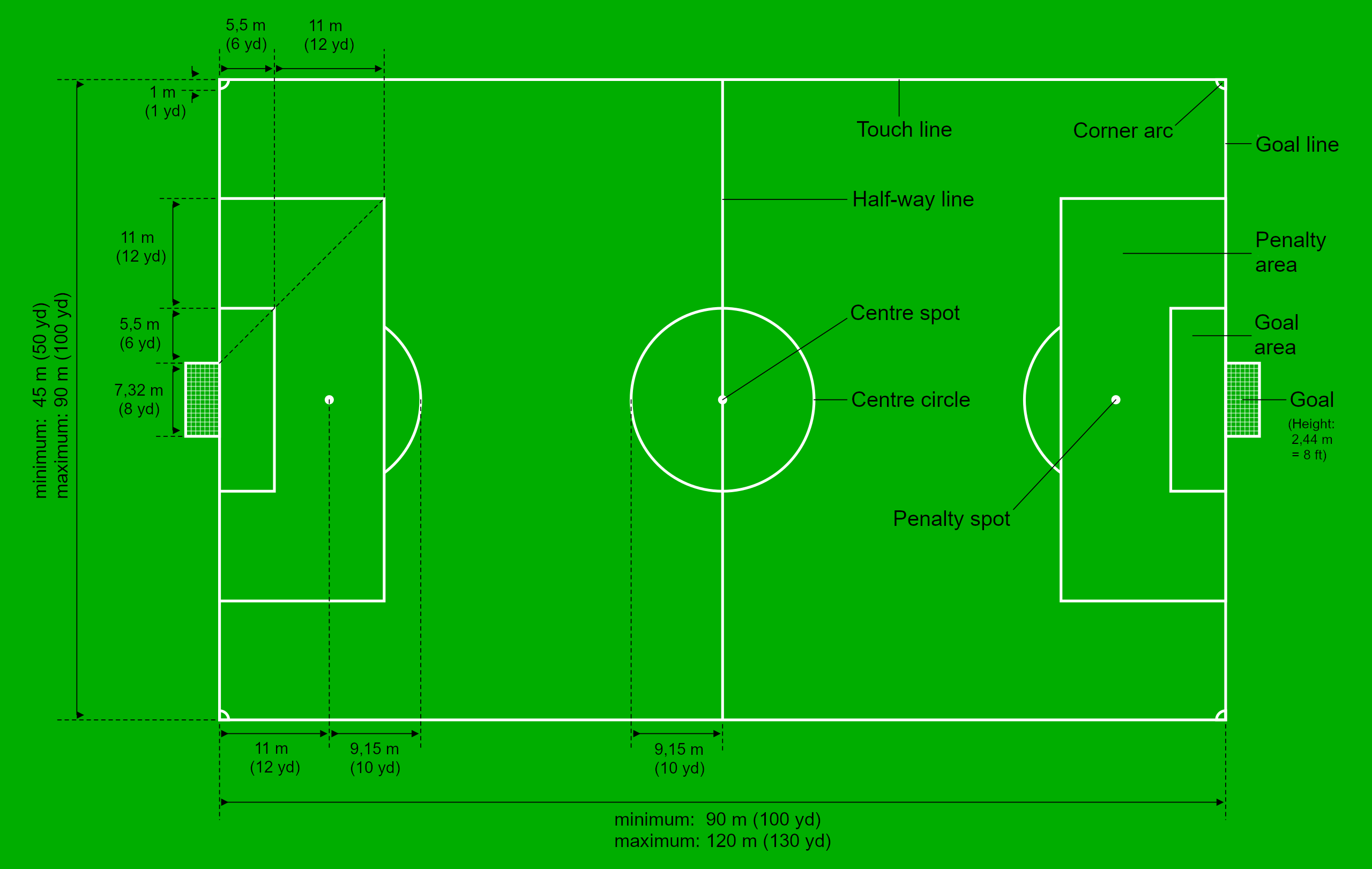|
Uummannaq Island
Uummannaq Island ( kl, Uummannap qeqertaa) is a small (12 km2) island in Avannaata municipality in northwestern Greenland. Located in the south-central part of the Uummannaq Fjord, it is home to the most prominent mountain on the Arctic coast of western Greenland and to Uummannaq, the largest town north of Ilulissat. The island is separated from Nuussuaq Peninsula in the southwest by Sarqarput Strait in the southern arm of Uummannaq Fjord. In the east, the island is separated from the Salliaruseq Island by the wide Assorput Strait. To the north, the central arm of Uummannaq Fjord separates it from the large Appat Island and the skerries of Saattut.Nuussuaq, Saga Map, Tage Schjøtt, 1992 Map of the island Coast The island has a very undeveloped coast, with a handful of small, rocky bays primarily in the southernmost, inhabited part. The only significant bay is Qasigissat ( da, Spraglebugten) on the southwestern shore. The weakly indented Iterlak bay is located on t ... [...More Info...] [...Related Items...] OR: [Wikipedia] [Google] [Baidu] |
Uummannaq Fjord
Uummannaq Fjord is a large fjord system in the northern part of western Greenland, the largest after Scoresby Sund, Kangertittivaq fjord in eastern Greenland. It has a roughly south-east to west-north-west orientation, emptying into the Baffin Bay in the northwest. Geography With the exception of the southwestern coast formed by the Nuussuaq Peninsula, Uummannaq fjord has a developed coastline, with many bays, islands, and peninsulas. Tributary fjords South to north:Nuussuaq, Saga Map, Tage Schjøtt, 1992 * Ikerasak Fjord ( kl, Ikerasaup Sullua, also Qarajaq Icefjord) − the innermost part of the fjord at the base of Nuussuaq Peninsula. Store Gletscher flowing from the Greenland Ice Sheet empties into Ikerasak Fjord. * Qaraassap Imaa − a tributary fjord emptying into Ikerasak Fjord from the north, between Qaraasap Nunataa headland in the southeast, and Drygalski Peninsula in the northwest. Lille Gletscher flowing from the ice sheet empties into Qaraasaap Imaa. * Serm ... [...More Info...] [...Related Items...] OR: [Wikipedia] [Google] [Baidu] |
Royal Arctic Line
Royal Arctic Line A/S (RAL) or Royal Arctic is a seaborne freight company in Greenland, wholly owned by the Government of Greenland. It was formed in 1993, and is headquartered in Nuuk. History Royal Arctic Line A/S was spun off as a company separate from the Greenlandic conglomerate KNI in 1993. Like many Greenlandic companies, its operations derive from and carry on the traditions of the earlier Royal Greenland Trading Department. Operations The company has a monopoly on all sea transport of cargo to, from, and within Greenland. Construction materials account for roughly a quarter of shipping to Greenland; fish makes up roughly half of shipping from Greenland; fish and beverages bottled at Nuuk (principally water and beer) account for most shipping within Greenland. Royal Arctic operates cargo routes among the Greenland settlements and between Nuuk and Aalborg in Denmark and manages 13 harbors in Greenland as well as the Greenlandic base harbour in Aalborg, which serves as ... [...More Info...] [...Related Items...] OR: [Wikipedia] [Google] [Baidu] |
Granite
Granite () is a coarse-grained ( phaneritic) intrusive igneous rock composed mostly of quartz, alkali feldspar, and plagioclase. It forms from magma with a high content of silica and alkali metal oxides that slowly cools and solidifies underground. It is common in the continental crust of Earth, where it is found in igneous intrusions. These range in size from dikes only a few centimeters across to batholiths exposed over hundreds of square kilometers. Granite is typical of a larger family of ''granitic rocks'', or '' granitoids'', that are composed mostly of coarse-grained quartz and feldspars in varying proportions. These rocks are classified by the relative percentages of quartz, alkali feldspar, and plagioclase (the QAPF classification), with true granite representing granitic rocks rich in quartz and alkali feldspar. Most granitic rocks also contain mica or amphibole minerals, though a few (known as leucogranites) contain almost no dark minerals. Granite is ... [...More Info...] [...Related Items...] OR: [Wikipedia] [Google] [Baidu] |
Plateau
In geology and physical geography, a plateau (; ; ), also called a high plain or a tableland, is an area of a highland consisting of flat terrain that is raised sharply above the surrounding area on at least one side. Often one or more sides have deep hills or escarpments. Plateaus can be formed by a number of processes, including upwelling of volcanic magma, extrusion of lava, and erosion by water and glaciers. Plateaus are classified according to their surrounding environment as intermontane, piedmont, or continental. A few plateaus may have a small flat top while others have wide ones. Formation Plateaus can be formed by a number of processes, including upwelling of volcanic magma, extrusion of lava, Plate tectonics movements and erosion by water and glaciers. Volcanic Volcanic plateaus are produced by volcanic activity. The Columbia Plateau in the north-western United States is an example. They may be formed by upwelling of volcanic magma or extrus ... [...More Info...] [...Related Items...] OR: [Wikipedia] [Google] [Baidu] |
Gully
A gully is a landform created by running water, mass movement, or commonly a combination of both eroding sharply into soil or other relatively erodible material, typically on a hillside or in river floodplains or terraces. Gullies resemble large ditches or small valleys, but are metres to tens of metres in depth and width and are characterised by a distinct 'headscarp' or 'headwall' and progress by headward (i.e. upstream) erosion. Gullies are commonly related to intermittent or ephemeral water flow usually associated with localised intense or protracted rainfall events, or snowmelt. Gullies can be formed and accelerated by cultivation practices on hillslopes (often gentle gradient) in farmland, and they can develop rapidly in rangelands from existing natural erosion forms subject to vegetative cover removal and livestock activity. Etymology The earliest known usage of the term is from 1657. It originates from the French word ''goulet'', a diminutive form of ''goule'' which ... [...More Info...] [...Related Items...] OR: [Wikipedia] [Google] [Baidu] |
Greenlandic Language
Greenlandic ( kl, kalaallisut, link=no ; da, grønlandsk ) is an Eskimo–Aleut language with about 56,000 speakers, mostly Greenlandic Inuit in Greenland. It is closely related to the Inuit languages in Canada such as Inuktitut. It is the most widely spoken Eskimo–Aleut language. Greenlandic has been the sole official language of the Greenlandic autonomous territory since June 2009, which is a move by the Naalakkersuisut, the government of Greenland, to strengthen the language in its competition with the colonial language, Danish. The main variety is Kalaallisut, or West Greenlandic. The second variety is Tunumiit oraasiat, or East Greenlandic. The language of the Thule Inuit of Greenland, Inuktun or Polar Eskimo, is a recent arrival and a dialect of Inuktitut. Greenlandic is a polysynthetic language that allows the creation of long words by stringing together roots and suffixes. The language's morphosyntactic alignment is ergative, treating both the argument ... [...More Info...] [...Related Items...] OR: [Wikipedia] [Google] [Baidu] |
Drinking Water
Drinking water is water that is used in drink or food preparation; potable water is water that is safe to be used as drinking water. The amount of drinking water required to maintain good health varies, and depends on physical activity level, age, health-related issues, and environmental conditions. This 2004 article focuses on the USA context and uses data collected from the US military. Recent work showed that the most important driver of water turnover which is closely linked to water requirements is energy expenditure. For those who work in a hot climate, up to a day may be required. Typically in developed countries, tap water meets drinking water quality standards, even though only a small proportion is actually consumed or used in food preparation. Other typical uses for tap water include washing, toilets, and irrigation. Greywater may also be used for toilets or irrigation. Its use for irrigation however may be associated with risks. Water may also be unacceptable d ... [...More Info...] [...Related Items...] OR: [Wikipedia] [Google] [Baidu] |
Association Football Pitch
A football pitch (also known as soccer field) is the playing surface for the game of association football. Its dimensions and markings are defined by Law 1 of the Laws of the Game, "The Field of Play". The pitch is typically made of natural turf or artificial turf, although amateur and recreational teams often play on dirt fields. Artificial surfaces are allowed only to be green in colour. All line markings on the pitch form part of the area which they define. For example, a ball on or above the touchline is still on the field of play, and a foul committed over the line bounding the penalty area results in a penalty. Therefore, a ball has to completely cross the touchline to be out of play, and a ball has to wholly cross the goal line (between the goal posts) in order for a goal to be scored; if any part of the ball is still on or above the line, a goal is not scored and the ball is still in play. The field descriptions that apply to adult matches are described below. Bec ... [...More Info...] [...Related Items...] OR: [Wikipedia] [Google] [Baidu] |
Shoaling And Schooling
In biology, any group of fish that stay together for social reasons are shoaling, and if the group is swimming in the same direction in a coordinated manner, they are schooling. In common usage, the terms are sometimes used rather loosely. About one quarter of fish species shoal all their lives, and about one half shoal for part of their lives. Fish derive many benefits from shoaling behaviour including defence against predators (through better predator detection and by diluting the chance of individual capture), enhanced foraging success, and higher success in finding a mate. It is also likely that fish benefit from shoal membership through increased hydrodynamic efficiency. Fish use many traits to choose shoalmates. Generally they prefer larger shoals, shoalmates of their own species, shoalmates similar in size and appearance to themselves, healthy fish, and kin (when recognized). The oddity effect posits that any shoal member that stands out in appearance will be prefe ... [...More Info...] [...Related Items...] OR: [Wikipedia] [Google] [Baidu] |







